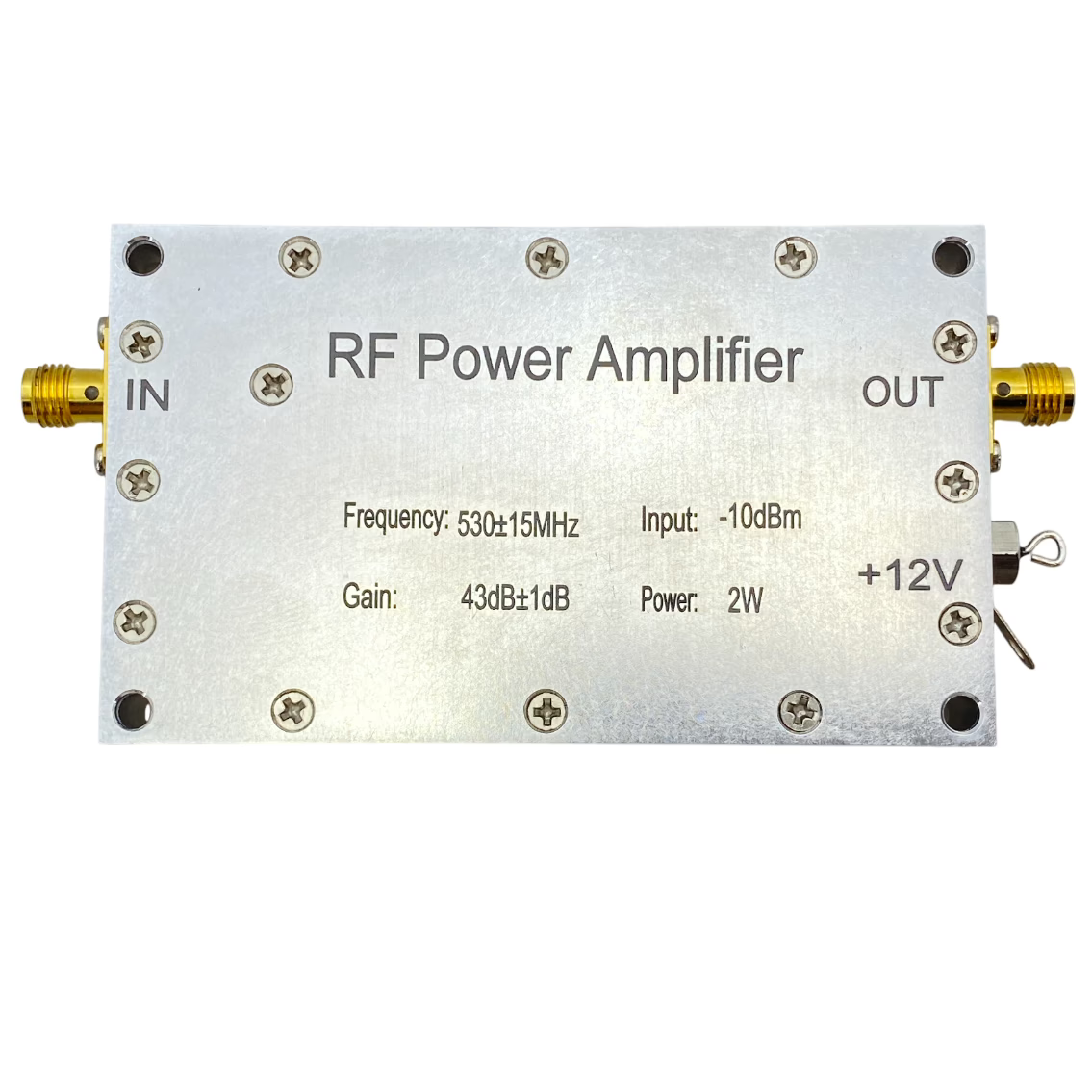RF Power Amplifier
The Critical Role of the RF Power Amplifier in Wireless Video Transmitters
In the ecosystem of a wireless video transmitter, the RF Power Amplifier (PA) is the crucial final stage that empowers the entire system. Its primary function is to take a low-power, prepared Radio Frequency (RF) signal—carrying the encoded video and audio data—and significantly boost its power before it is delivered to the antenna for radiation. Without this amplification, the signal would be too weak to travel any meaningful distance, resulting in a short-range, unreliable link susceptible to the slightest interference. The PA is, in essence, the muscle behind the wireless broadcast, transforming a theoretically viable signal into a practically usable one capable of penetrating walls, covering large areas, and providing a stable, high-quality video feed.
The importance of the PA, however, extends far beyond mere power. A modern wireless video system, transmitting high-definition feeds via complex digital modulations (such as COFDM used in HD video links or QAM used in broadcasting), demands exceptional signal integrity. A poorly designed amplifier can introduce distortions, noise, and spurious emissions that degrade the video link. Key performance metrics include:
-
Linearity: The amplifier must amplify the signal without altering its waveform. Non-linearity creates intermodulation distortion (IMD), which generates unwanted spurious signals that can interfere with other channels and, more critically, corrupt the transmitted data, leading to pixelation, macro-blocking, or complete signal loss. This is often measured by parameters like IP3 (Third-Order Intercept Point).
-
Efficiency: Wireless transmitters are often portable or battery-operated (e.g., on drones, handheld cameras). The PA is the most power-hungry component. High efficiency means less battery drain and less wasted energy converted into heat, enabling longer operational times and more compact designs.
-
Gain: This is the measure of the amplification factor, expressed in decibels (dB). Sufficient gain ensures that the low-level signal from the modulator can be raised to the desired transmission power.
-
Spectral Purity: The amplifier must output energy only within its designated frequency band. Harmonics and other spurious emissions must be suppressed to avoid interfering with other services and to comply with strict regulatory standards (e.g., from the FCC or ETSI).
Applications of RF Power Amplifiers in Wireless Video
The applications for these amplified systems are vast and varied, spanning professional, commercial, and consumer fields:
-
Live Broadcast and Sports: Amplifiers in wireless camera systems allow camera operators to move freely on the field, on the sidelines, or in the studio, transmitting crystal-clear footage back to the production truck.
-
Drone-Based Videography (FPV & Cinematography): Essential for transmitting First-Person View (FPV) video for piloting and high-definition aerial footage from the drone to the ground control station.
-
Long-Range Surveillance and Security: Enables the wireless transmission of real-time video from remote security cameras, body-worn cameras, or vehicle-mounted systems over several kilometers.
-
Professional Video Production (Wireless Video Assist): Used to send a monitor feed from a camera to directors, clients, or other crew members on set without the constraints of cables.
-
Digital Signage and IPTV Distribution: In buildings or campuses, amplifiers boost DVB-T or ISDB-T signals to distribute TV channels wirelessly to multiple displays.
Key Customizable Parameters for System Integration
To meet the specific demands of these diverse applications, RF Power Amplifiers are highly customizable. Key parameters that can be tailored include:
-
Output Power: This is the most fundamental specification. Power can be scaled from a few hundred milliwatts for short-range links to tens of watts for long-range broadcast, always balanced against efficiency, heat, and size.
-
Frequency Range and Bandwidth: Amplifiers can be designed for specific licensed or unlicensed bands (e.g., 2.4 GHz, 5 GHz, 1.2 GHz, 1.7 GHz, or UHF bands). The bandwidth must be wide enough to accommodate the specific video standard's channel bandwidth (e.g., 6, 7, or 8 MHz for DVB-T, or 20/40 MHz for Wi-Fi-based systems).
-
Gain and Gain Flatness: Custom gain values can be specified to match the output of the preceding modulator. Gain flatness ensures uniform amplification across the entire channel bandwidth, preventing certain parts of the video data stream from being amplified more than others.
-
Linearity and IMD Performance: For high-order digital modulations (like 64-QAM or 256-QAM), stricter linearity requirements (e.g., IMD3 ≤ -30 dBc) can be specified to guarantee a high Modulation Error Ratio (MER) and low Bit Error Rate (BER).
-
Power Supply Voltage: Can be designed to operate from standard voltages like +12V, +24V, or +48V, or from common battery sources like 3.7V Li-Po, to facilitate integration into various platforms.
-
Physical Form Factor and Connectors: The amplifier can be packaged as a miniature surface-mount module for integration into a camera, a ruggedized metal box for field use, or a rack-mount unit for fixed installations. Connector types (SMA, N-type) can be specified.
-
Control Interfaces: Features like remote on/off, analog or digital gain control, and telemetry output for monitoring temperature and output power can be incorporated for advanced system control.
-
Thermal Management: Custom cooling solutions, from simple heatsinks to integrated fans, can be designed based on the output power and operational duty cycle.
In conclusion, the RF Power Amplifier is the cornerstone of a robust wireless video link. Its performance directly dictates the range, reliability, and quality of the transmitted video. By understanding its role and the extensive customization options available, system designers can select or specify an amplifier that perfectly aligns with the technical and operational demands of their specific application.



